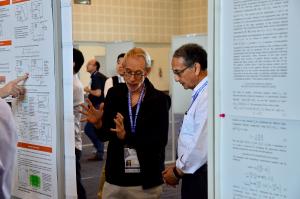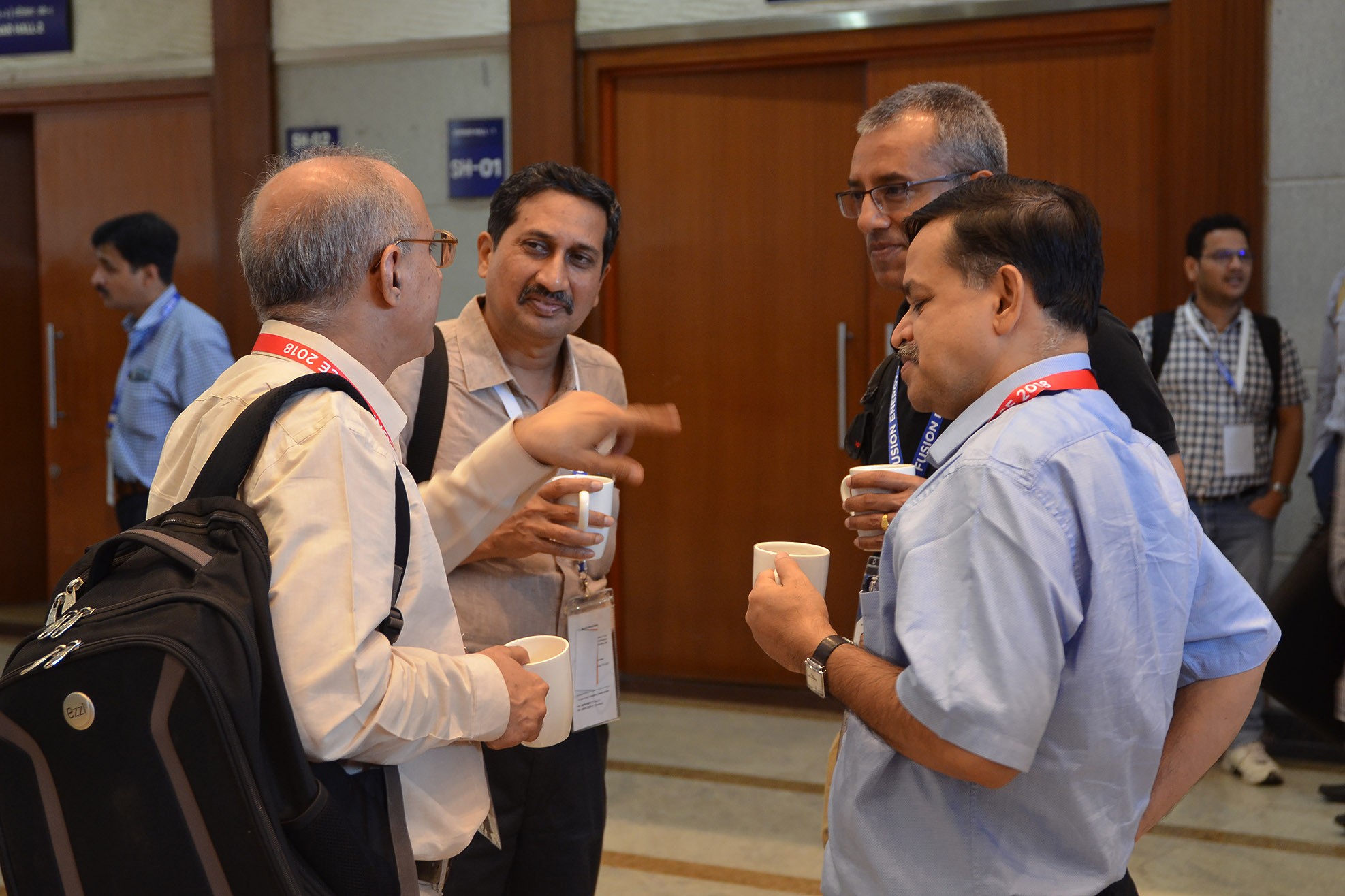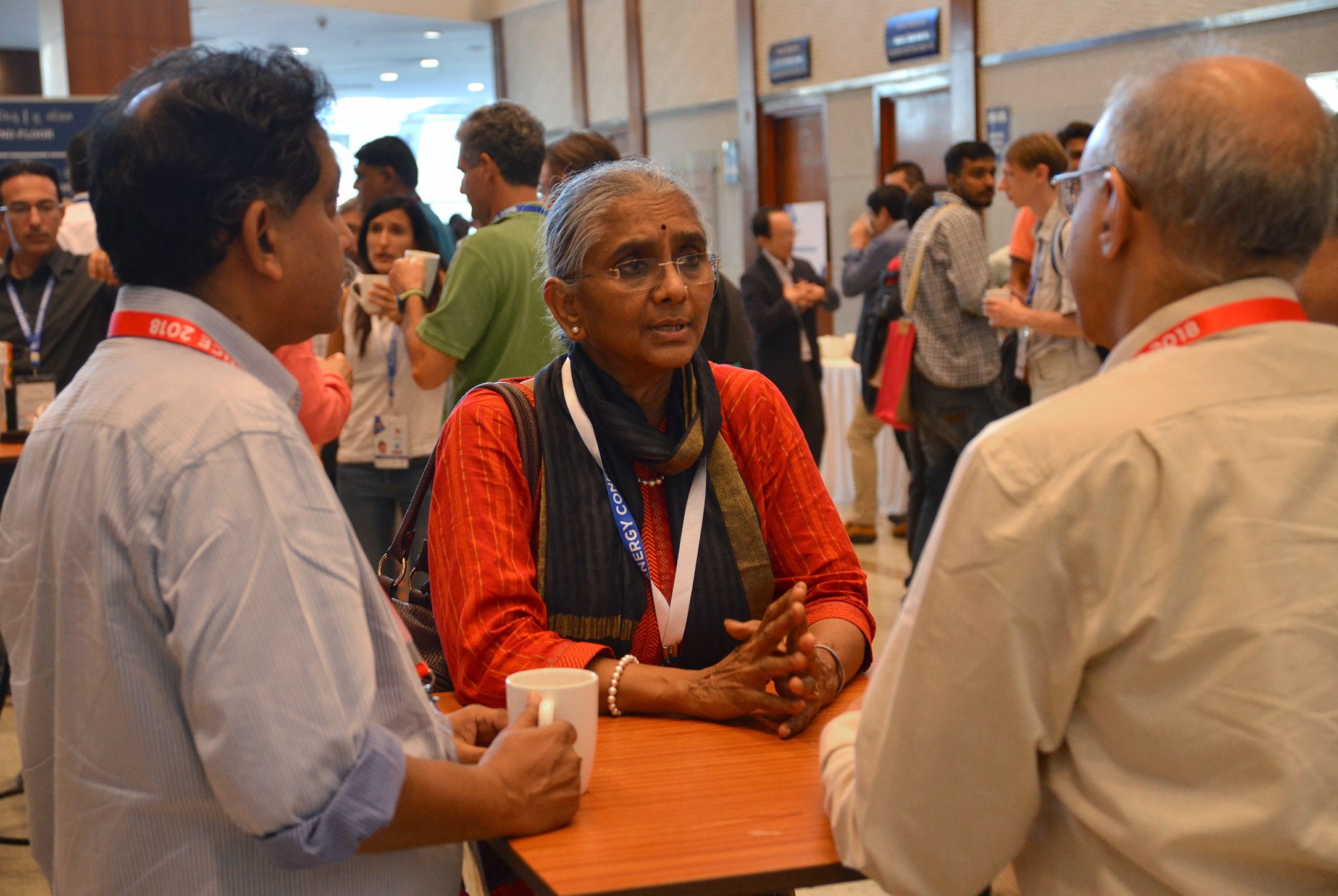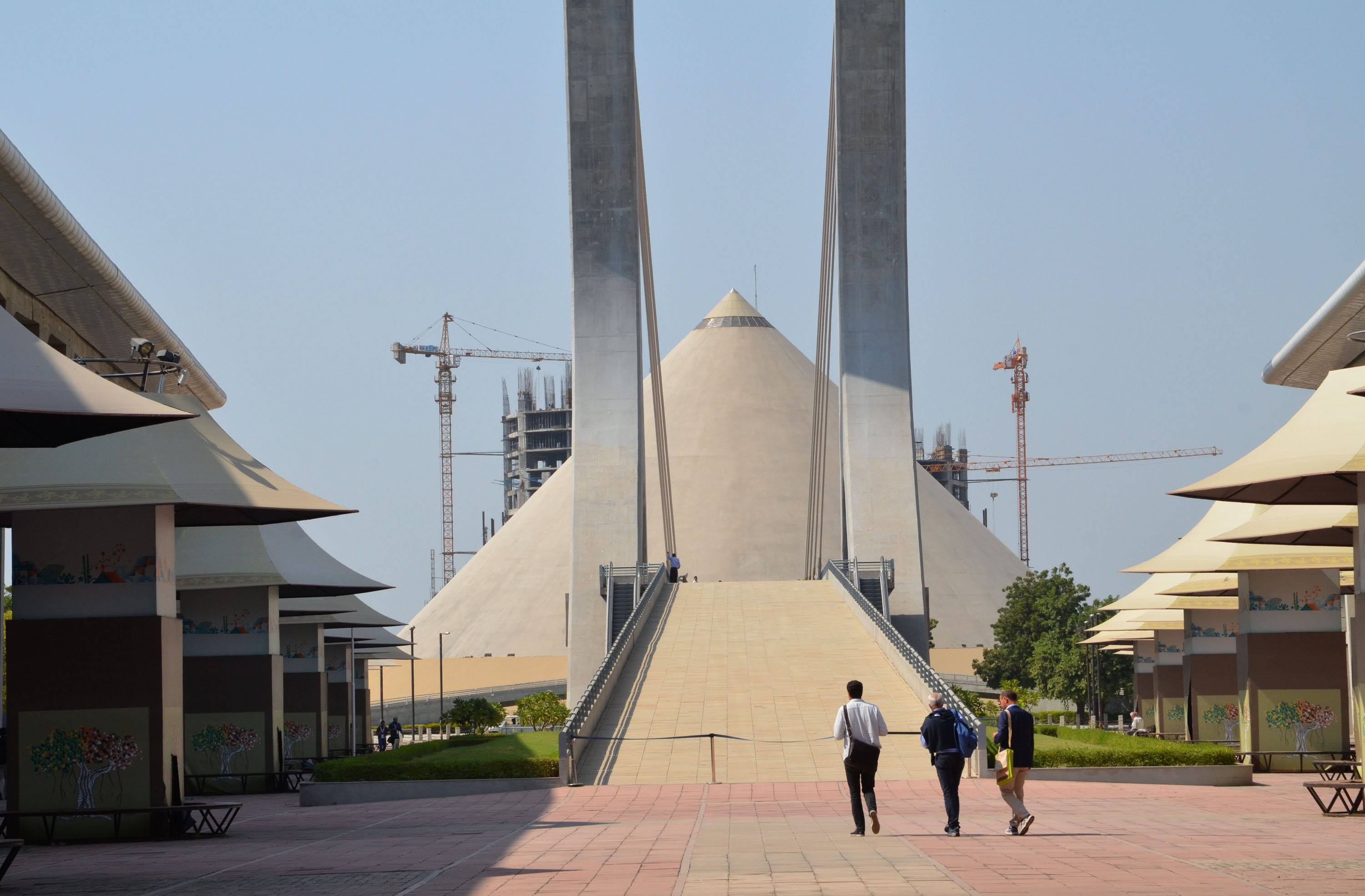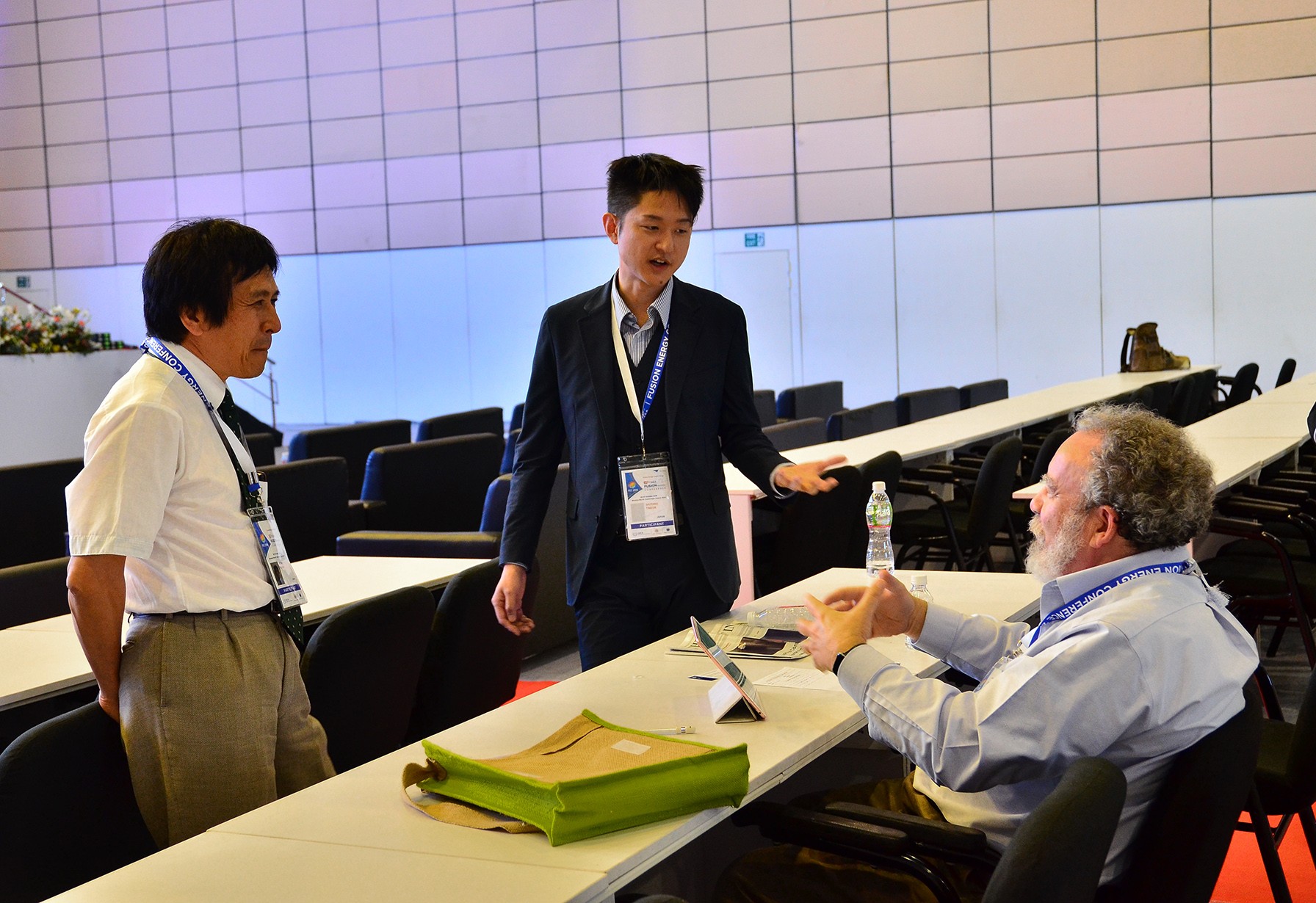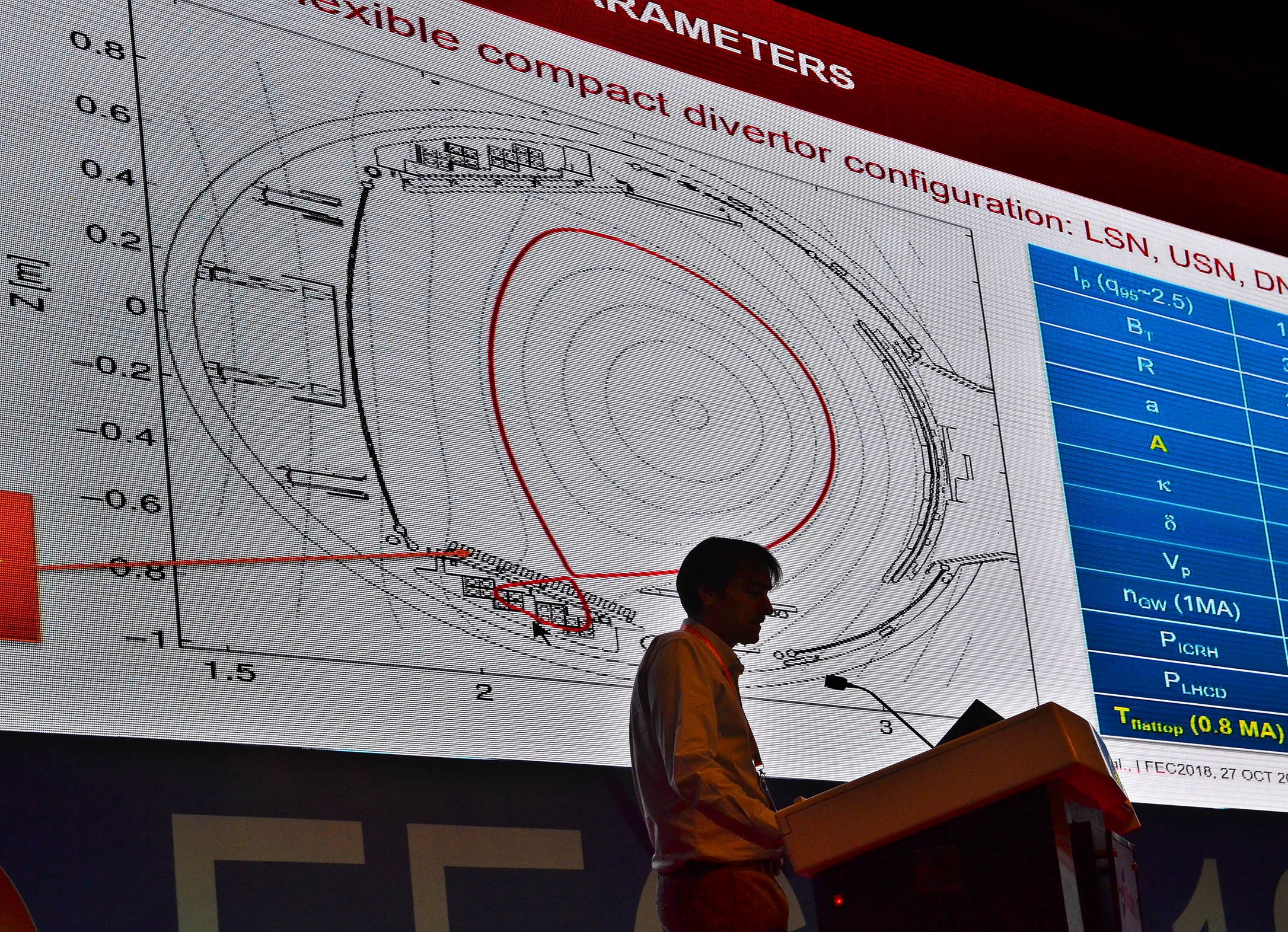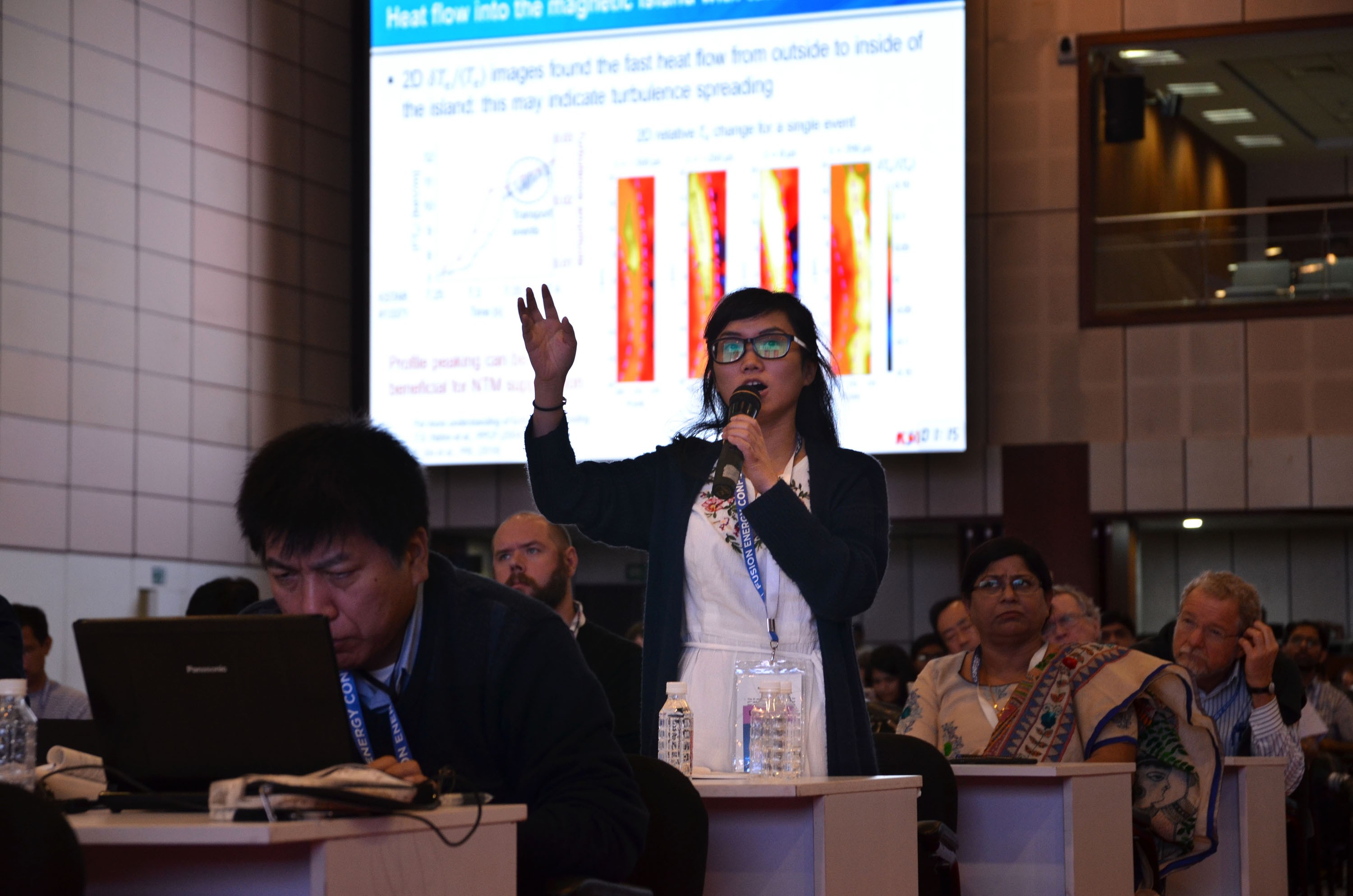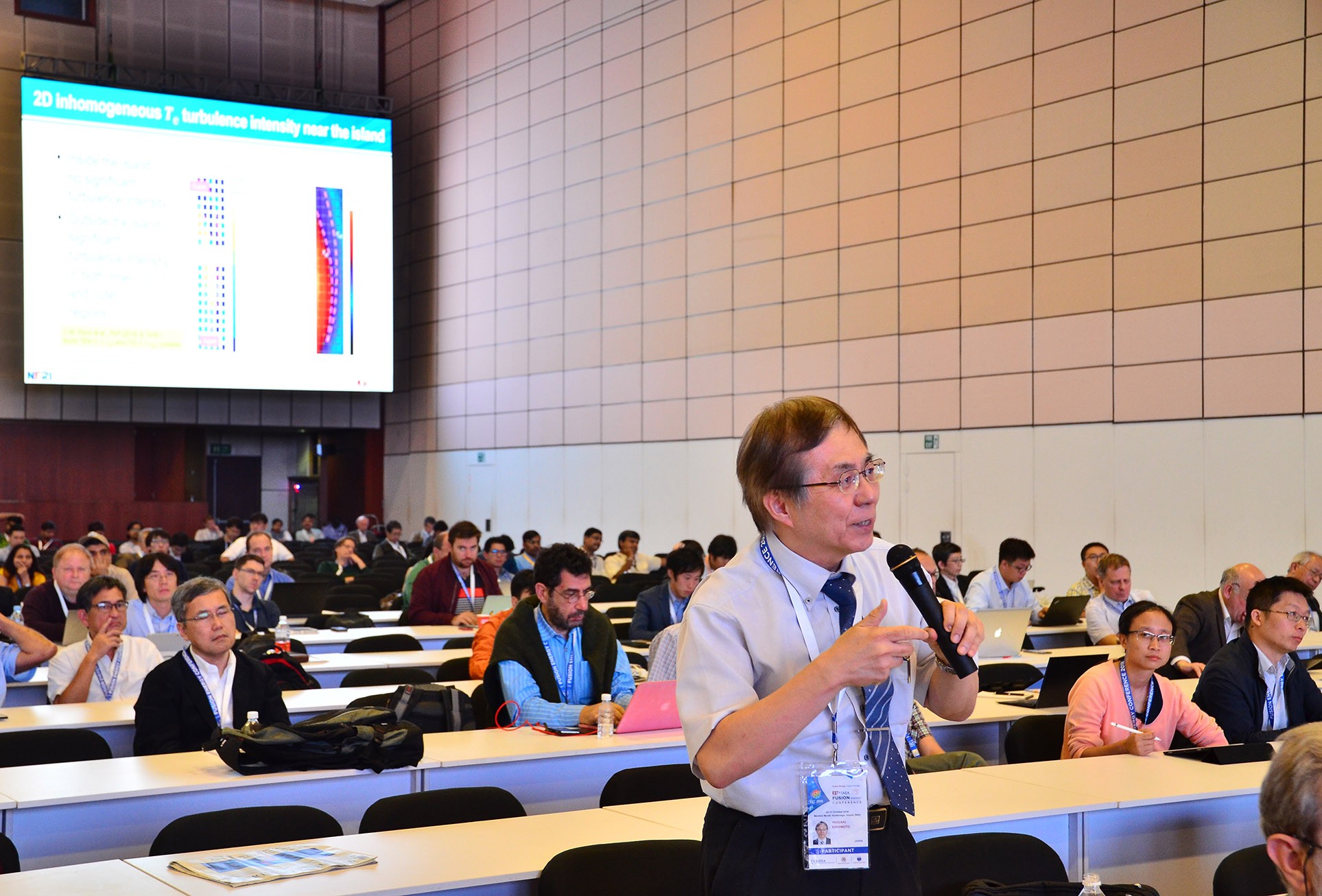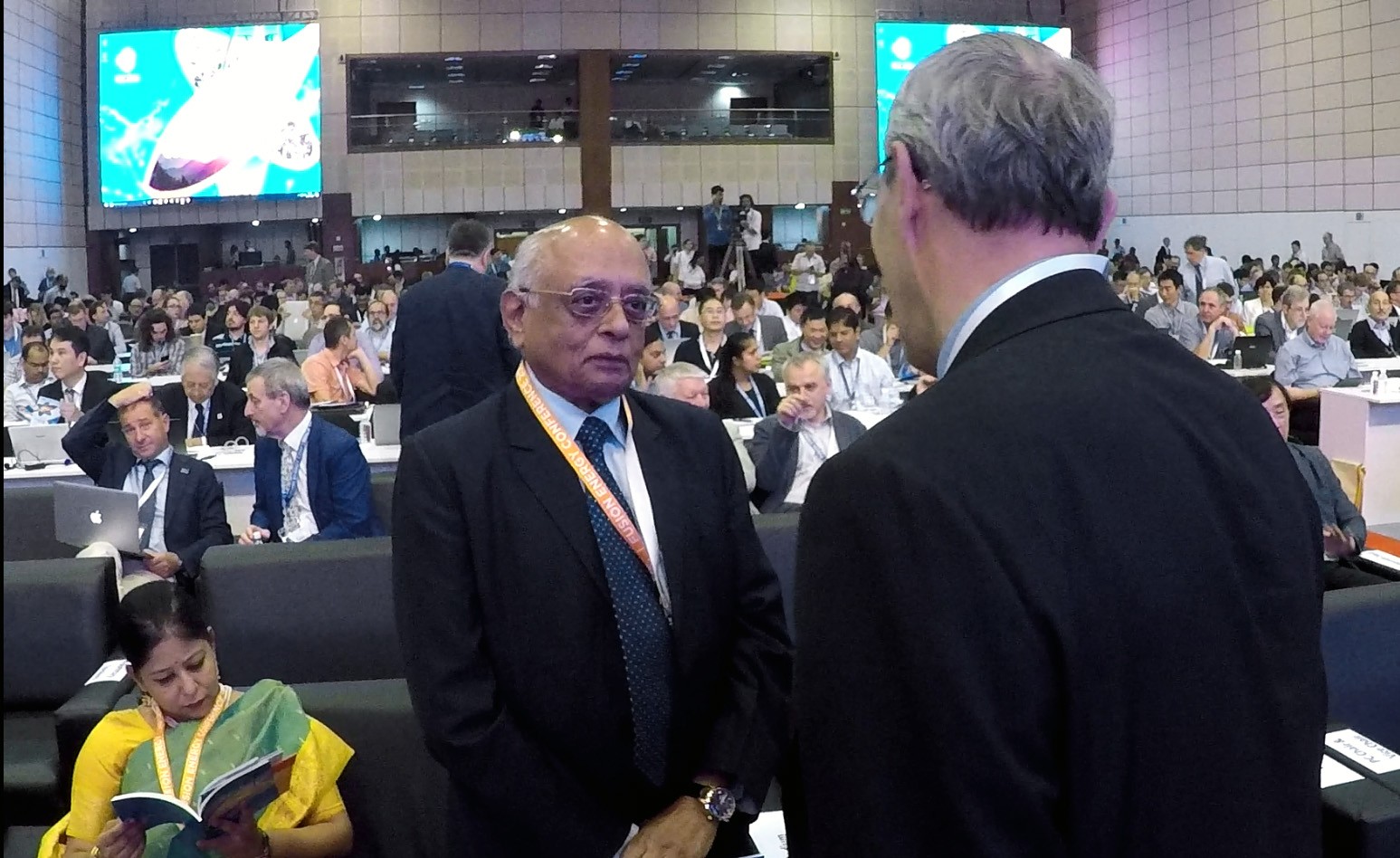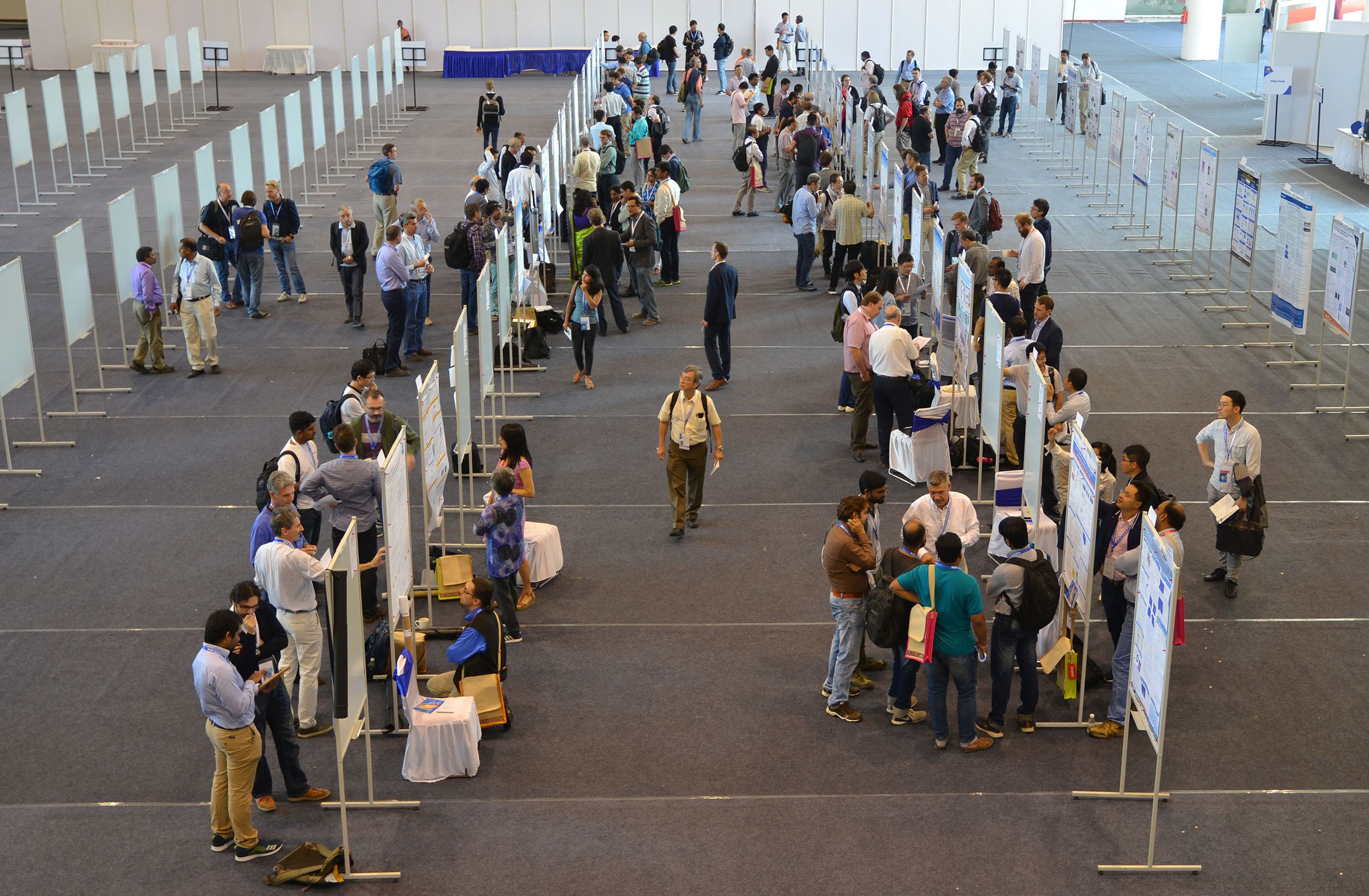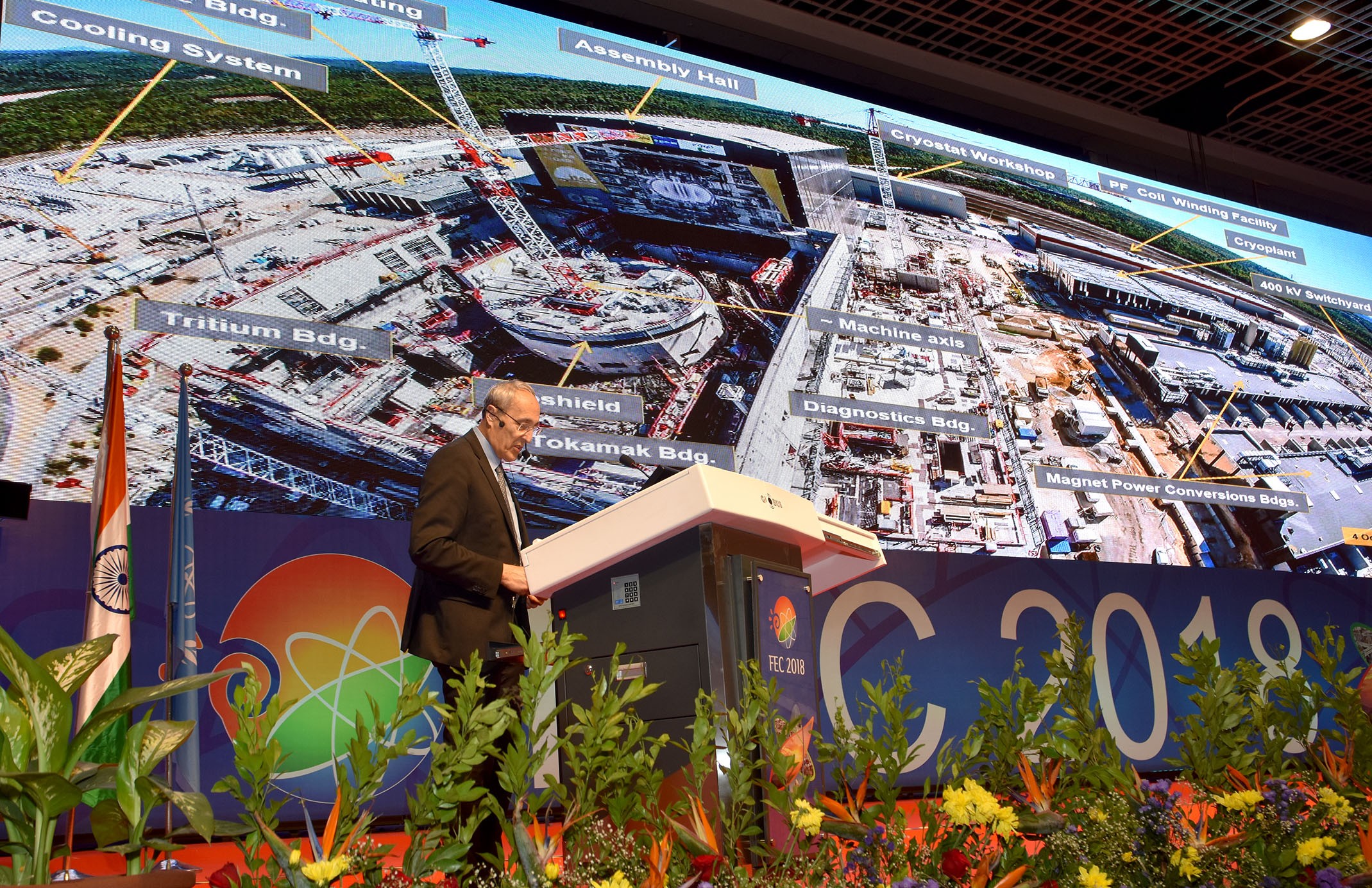New windows into plasma behaviour
There's a cloud of melancholy hanging over the main hall of the Mahatma Mandir convention centre, like when a family reunion comes to an end. For six days in India, the fusion community—old hands and newcomers, wise uncles and aunts, brilliant cousins and grandfathers who will never retire—has shared a unique moment. But as the curtain falls on the 27th Fusion Energy Conference (FEC), it is now time to part and return home. One last cup of coffee, one last exchange, one last burst of laughter, a handshake or a pat on the shoulder; the buses, taxis and rickshaws are waiting outside ...
In the life and works of the worldwide fusion community, there is no equivalent to this conference. "Over a total of 27 FEC since 1961, I have attended 20 and I have never been disappointed once," says Rob Goldston of Princeton's Plasma Physics Laboratory and a major figure in the fusion world. "Like most of my colleagues I work on a rather narrow specialty. The FEC allows me to pop my head out of the fox hole and see what's happening in the whole field."
Fifty years after the historical 1968 conference, when Russian physicists presented the exceptional results they had obtained on a new type of device called "tokamak," the 27th FEC wasn't marked by any spectacular breakthrough. But it highlighted the trends that are causing deep changes in the approach of fusion research.
Browse through a selection of images from the conference below.



